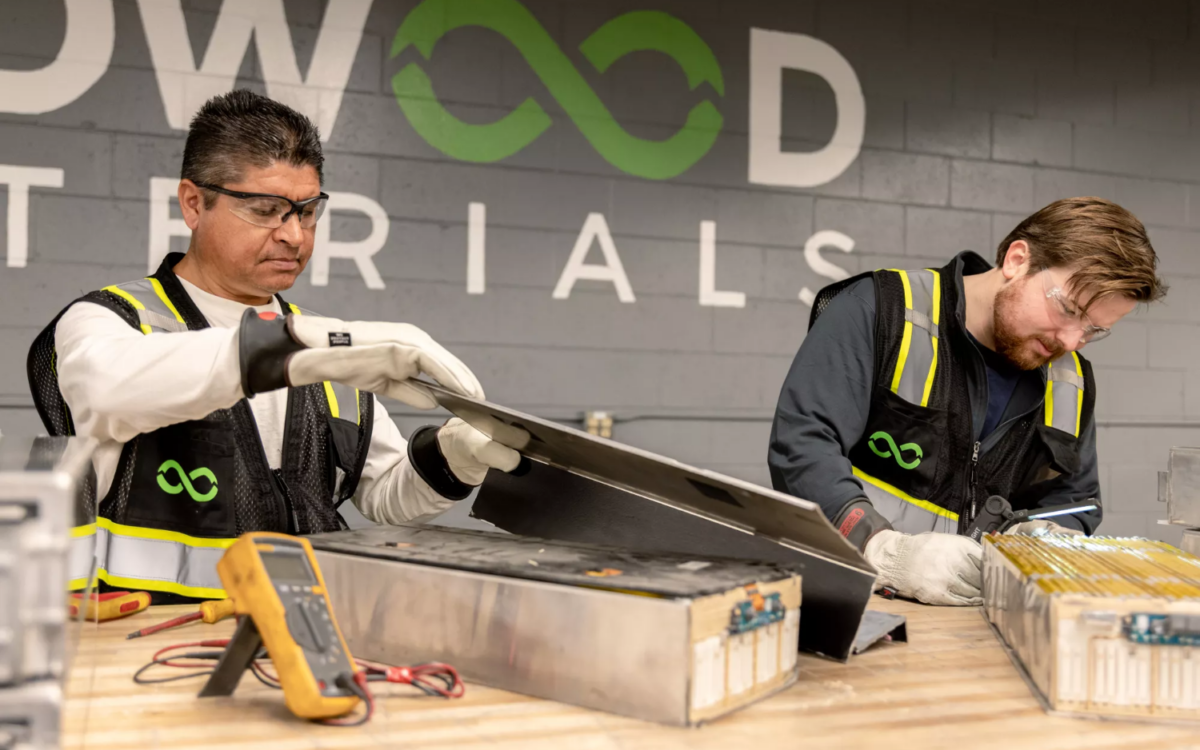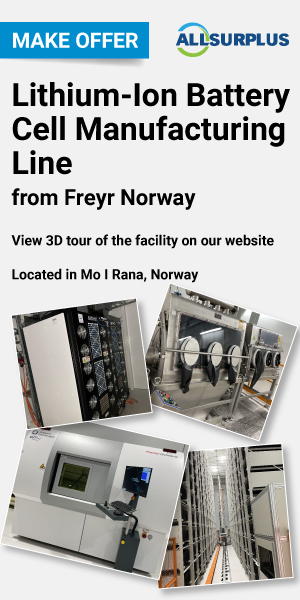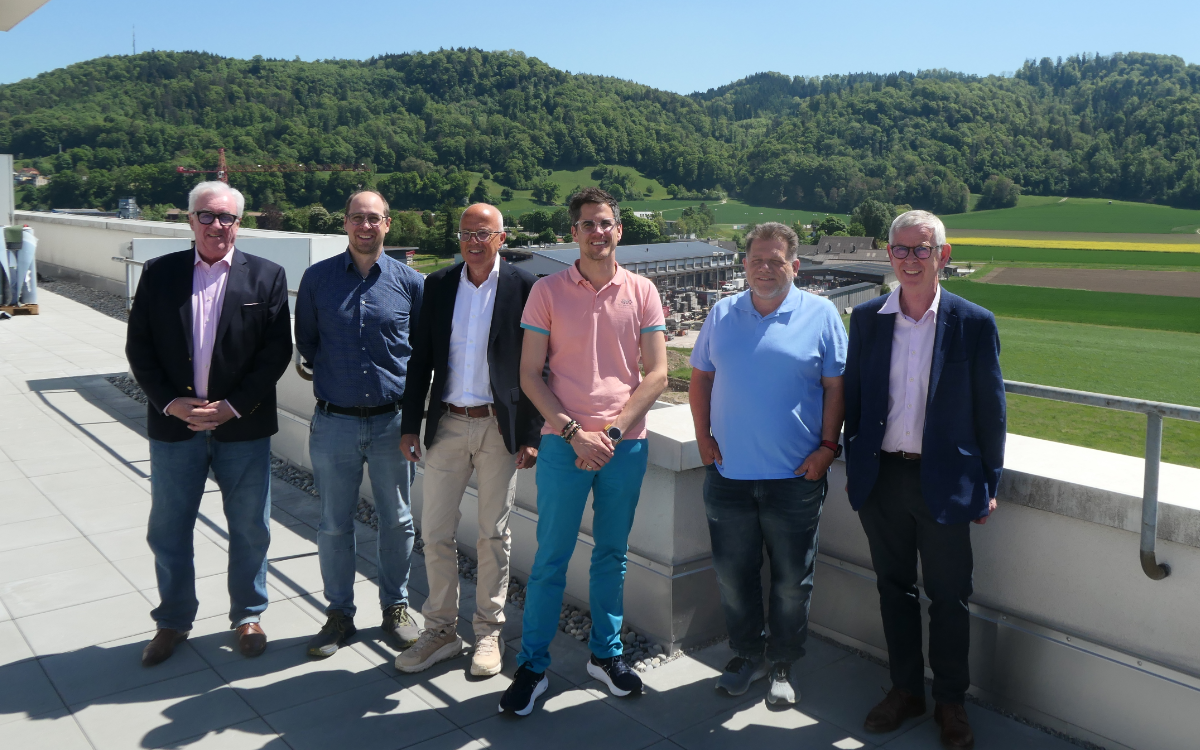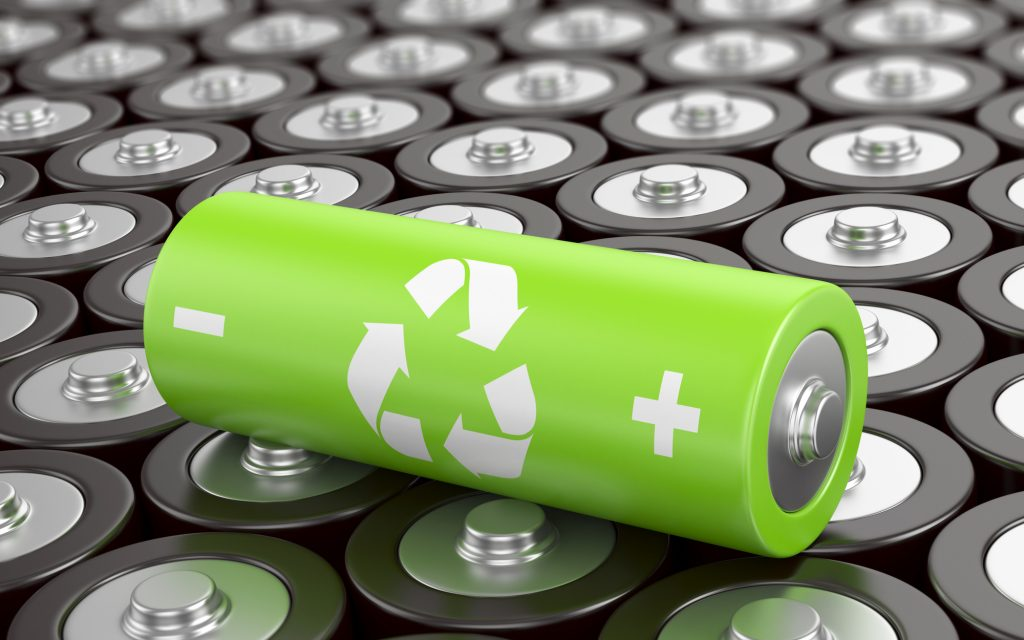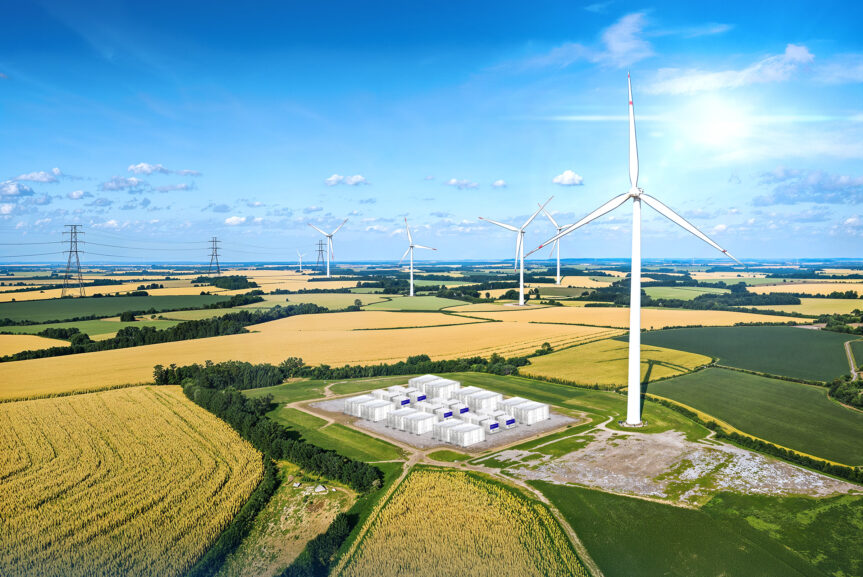Redwood Materials, the Nevada based lithium-ion battery recovering and recycling company, announces a new agreement with automotive producer Toyota. The deal contains development of a closed-loop supply chain for production of recycled copper foil and cathode active materials. Redwood will deliver the products to Toyota’s upcoming battery production plant in North Carolina.
“We believe this represents the first time that an automaker is both recycling end of life hybrid electric vehicle batteries, and then returning those same recycled metals into that same automaker’s batteries for use in future electrified and all-electric vehicles”, Redwood representatives say.
“With Redwood Materials, we are creating a circular supply chain to optimize logistics, expand refining, and ensure that valuable metals can be reintroduced into our future vehicles. This closed battery ecosystem will become increasingly important as we add more EV vehicles to roads in the USA,” said Christopher Yang, Group Vice President, Business Development, Toyota Motor North America.
This is the first time the two most critical battery components, the cathode active materials and the anode copper foil, will be produced in the USA. As these are the most expensive parts of new batteries, the new solution will reduce import costs and contribute to a more sustainable supply chain.
Redwood is targeting a minimum of 20% recycled nickel, 20% recycled lithium, and 50% recycled cobalt, in the cathode and 100% recycled copper in the anode copper foil. This will probably make Toyota’s new battery one of the most sustainable batteries available on earth. However, the recycled material will also need to be augmented with sustainably mined material sourced in coordination with Redwood’s customers.
For the future Redwood intends to continue to expand their Northern Nevada facility. The company will also soon break ground on the second Battery Materials Campus, outside Charleston, South Carolina. Both campuses will recycle, refine, and manufacture battery materials, aiming to scale production of components to 100 GWh annually.

